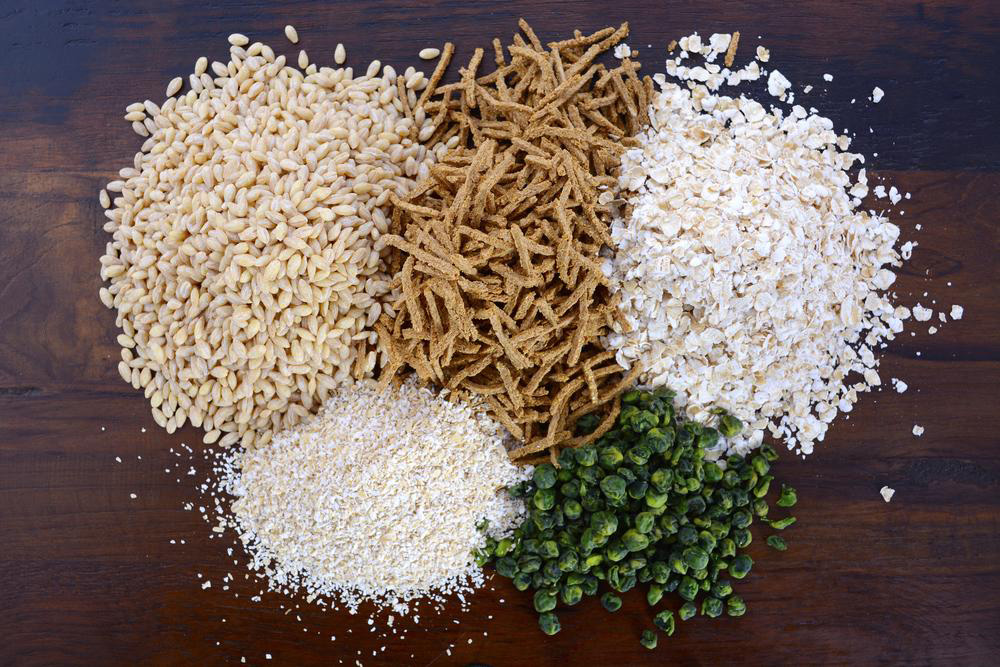High-fiber cereals to keep you hale and healthy
Most people connect fiber with the health of digestive tract and other physical functions. But in reality, fibers can do a lot more than keeping you fit and improving your digestive health. Among cereals, high fiber ones can reduce the risk of having heart ailments, diabetes, and stroke and improve the appearance of your skin and hair.

On the basis of your gender and present age, dietician and expert nutritionists recommend that you should take at least 21 to 38 grams of fiber each day for optimal health. According to the recent statistics, most people are not even eating half of the recommended serving. Even though hitting the daily target can seem to be a daunting challenge, a few easy-to-follow tips will help in making it effortless for you.
Go slow at first: If you are a starter, it would be easier for you to slowly increase the amount of high-fiber cereals in your diet. This is also because taking a huge amount of fiber all of a sudden will lead to unwanted effects such as intestinal gas, abdominal cramps and bloating.
Start the day with fiber: Take cereals in breakfast, and this can be in the form of bran flakes or corn flakes, which would invariably add an additional 6 grams of fiber in the diet. Moreover among cereals, high fiber varieties like all-bran or Fiber-one doubles the effect. If you dislike the taste of the cereals, you may start taking unprocessed wheat bran to any cereal of your choice.
Replace bread, pasta and white rice with whole grain: It would be great if you can begin with wild rice or barley or whole-wheat pasta. These simple alternatives to what you eat usually can do a lot for boosting the high-fiber cereal content in your meals. Even though you may not have tried any of these, you may yet like their tastes.
Bulk up the baking ingredients: When you are baking anything at home, you can take away half of white flour to replace them with whole-grain flour. Adding unprocessed wheat bran or crushed cereals to the muffins, cakes, and cookies would add taste besides fiber. Plus, when it comes to gluten-free baked products like pasta, bread or pizza dough, adding psyllium husk would work wonders.
Choose flaxseeds: Have you noticed the tiny dark brown seeds tucked in the corner of the supermarket or the departmental store? Those are flaxseeds, which offer a host of benefits starting from giving the body the required amount of fiber to reducing the cholesterol in the blood. Simply grind the seeds in the food processor or coffee grinder and add them to anything, be it an omelet or a smoothie or yogurt or your breakfast cereals.
Take baby steps by following these tips and enjoy the benefits of low-fat, high-fiber cereal meal.











